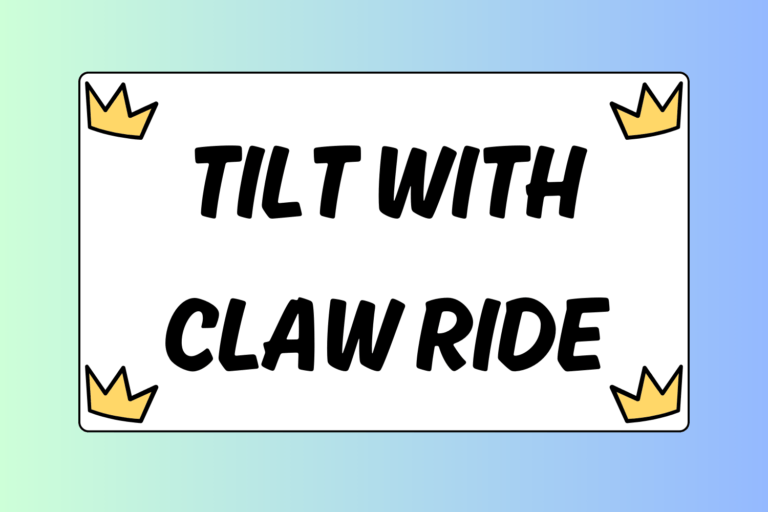A “tie” is the term used to describe the action of controlling some part of your opponent’s body; it’s typically the head or part of an arm. Being able to tie up your opponent is a major component of offensive wrestling. Controlling a tie allows you to move your opponent’s body into a position that’s advantageous for you — one that you can score from. Learning to control the tie will also allow you to get into a certain position that will allow you to defend against your opponent’s attacks. This guide will teach you the basics of tying up your opponent, and it’ll explain the different options you have when controlling a tie.
Getting into a Collar Tie
The most basic tie in wrestling is informally known as the “collar tie.” This tie controls your opponent’s head and part of one of his arms. Actually, most other ties are just variations of this the collar tie. All wrestlers should know how to use the collar tie — it’s for their own advantage. Here are the basics of getting into a collar tie:
1. Head Contact
Move towards your opponent while in a low, staggered stance. Make sure to keep your arms in front of you with your palms facing either up towards the sky or toward your opponent; this will allow you to defend against potential attacks. Do not extend your body and reach for your opponent. Instead, get close enough so that you can touch your head to your opponent’s. Then, you’ll be close enough and ready to make contact with your arms.
2. Secure the Tie
Use your hand that’s on the same side of your body as your trail (back) leg to grip the back of your opponent’s neck at the base of his skull — this motion is the tie. The arm you use to control the tie should be on the opposite side of your opponent’s body as the head or arm you want to tie up (if you want to tie up the right side of his head, you’ll use your left arm to secure the tie). Position your forearm vertically with your elbow pointed down towards the mat. This will allow you to block an opponent’s shot. Keep your forearm in contact with your opponent’s collarbone, and then pull your opponent’s head in towards the shoulder of the arm you’re using to control the tie.
3. Control with Your Other Hand
With your opponent’s head being controlled with one of your arms, you have the option of using your free arm to control another part of his upper body. Here are some of your options:
- Control a wrist: Controlling a wrist allows you to move your opponent’s entire arm any way you’d like. You can control either wrist. You can also use any grip you want — your thumb can be either inside or outside of the wrist.
- Control his triceps: This is often known as “inside control” because you’re positioning your free arm inside of your opponent’s arm. Grip your opponent’s nearest arm (the arm on the same side of his body that’s closest to your free arm), high on his triceps — almost inside of the armpit. Keep your elbow pointed downward, and use your forearm to block out your opponent’s arm — he will typically try to counter you by tying up your outside arm with an “outside tie.”
- Post: You may choose to use your free arm to push on your opponent’s shoulder/collar bone area on the opposite side of his body that you are controlling the tie on. This is useful when trying to push your opponent away from you, or to get him to push back into you.
- Underhook: Reach underneath your opponent’s armpit that’s on the opposite side of his body that you are controlling the tie on. Use your near arm. His bicep should be resting in the bend of your elbow. Now, grip the shoulder of the arm you are underhooking and force your elbow upwards. This will take away your opponent’s strength and positioning. Use your head to pressure against your opponent’s head or neck to get in a better offensive position.
Controlling the Tie
It’s one thing to know how to get into a tie, but it’s another to know how to control the tie effectively. Here are a few rules to follow when controlling a tie:
Rule #1: Apply Constant Pressure
You want your opponent to know who is in control: You. Always keep some sort of pressure on your opponent’s body with your tie — this will make your opponent have to react to what you’re doing.
- Pulling down on your opponent’s head will force him to fight against your grip in order for him to be able to pull his head back up. This will leave his legs and body open for attacks. Snap his head down and towards your body; this will force him to correct his stance in order to keep his balance.
- Pushing into your opponent will do one of two things, both of which are perfect opportunities to shoot a takedown or make an attempt at another kind of attack:
- It will get him to push back into you.
- It will disrupt his balance.
Rule #2: Good Position!
Sometimes it’s easy to forget about how you’re positioning your body when you’re trying to control a tie on your opponent. When tying him up, though, your body position is actually more important! Many opponents will try to use your own tie against you. For this reason, keep your knees bent and your legs and hips back. This will allow you to defend against an opponent’s shot. Don’t forget about the position of your head!
Hot Tip: Head Position
The position of your head, when controlling a tie, may not seem like a big deal; but, it is! A minor adjustment can go a long way. Press against either side of your opponent’s head, neck, or face while tying him up to take away part of his defense. Also, make sure to keep your head up as you apply the pressure — do not allow your opponent control it.
Rule #3: Mix It Up
Don’t rely on just one type of tie. Always mix up your offense by tying up different parts of your opponent’s body. This will keep him guessing about what you’re trying to do, and it will force him to react to each maneuver.
Remember, you don’t have to go for the basic collar tie every time. You can control both of your opponent’s wrists, use an underhook and control one wrist, use an inside tie by itself, etc. There are numerous combinations of ties that you can use in order to get your offense going.
Practice Your Tie Daily
Knowing how to get into and control a tie effectively is a major part of wrestling. Use the tips in this guide and work ties into your drilling routine. Practice getting into and controlling various ties until you’re comfortable with each position. As you get a feel for them, work each tie into your takedown setups and other maneuvers. The sooner you get comfortable using ties, the better. So get out and practice!





